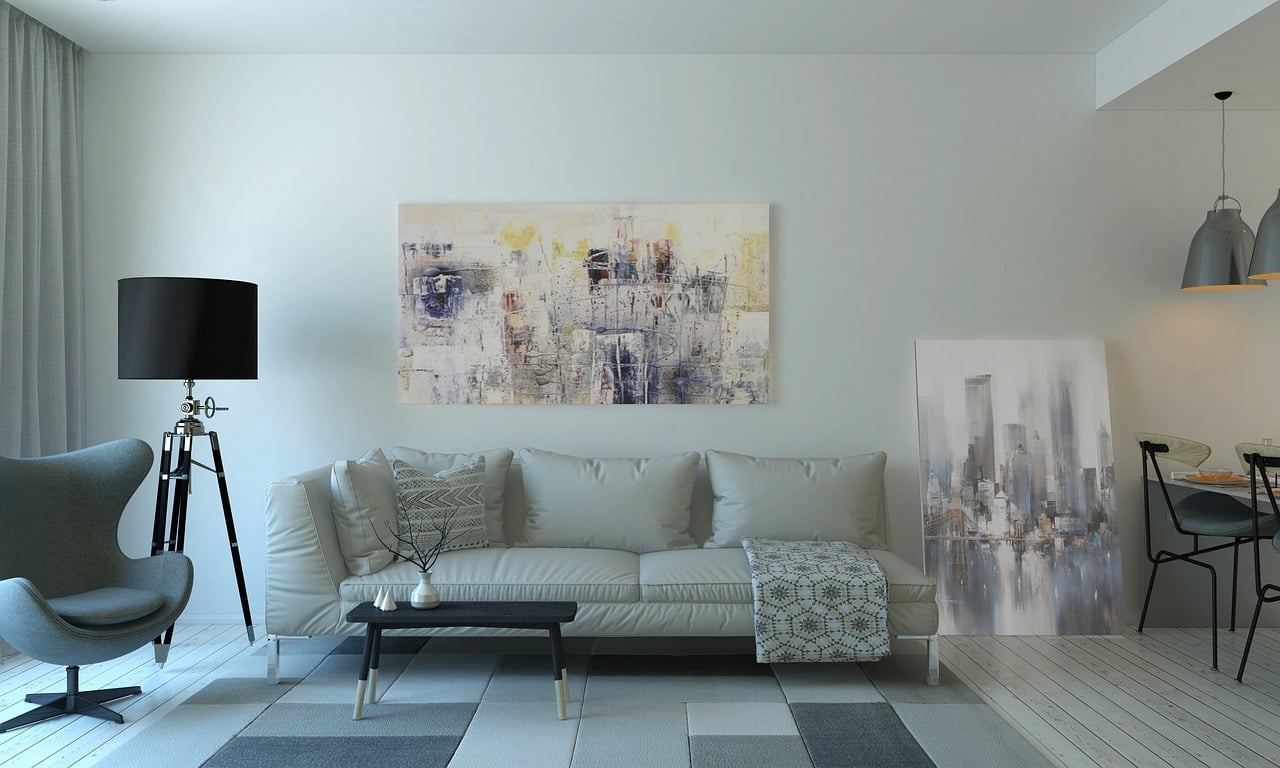How Can You Create a Home Exterior That Enhances Curb Appeal While Being Environmentally Friendly?

In the modern world, everyone wants their home to not only look good but also to be environmentally friendly. After all, protecting our planet is a responsibility that we all share. This comprehensive guide will show you how to balance aesthetics with sustainability when enhancing the exterior of your home. We will discuss how to select environmentally friendly materials, use energy-efficient fixtures, and incorporate eco-friendly landscaping techniques.
Choosing Environmentally Friendly Materials for Your Home Exterior
Before delving into how you can use environmentally friendly materials to enhance your home’s curb appeal, let’s touch on why this is so important. By choosing sustainable materials, you contribute to a healthier environment and reduce the consumption of non-renewable resources. Additionally, these materials often have a unique aesthetic appeal that can help your home stand out in the neighborhood.
A découvrir également : How to Create a Sustainable Vegetable Garden That Thrives in a Small Backyard?
There is a wide range of sustainable materials available for your home exterior. For example, you might consider using reclaimed wood for your siding, which is not only environmentally friendly but also gives your home a rustic, charming look. In addition, recycled metal is a durable, low-maintenance option that can be used for roofing or siding.
You can also opt for composite materials, which are often made from recycled materials and are exceptionally long-lasting. These materials mimic the look of traditional wood or stone, allowing you to achieve a classic look without the environmental impact.
En parallèle : What Are the Essential Elements for Designing a Pet-Friendly Living Space That’s Easy to Clean?
Finally, consider using eco-friendly paint. Many conventional paints contain volatile organic compounds (VOCs), which can harm the environment and your health. Eco-friendly paint is free from VOCs and comes in a wide range of colors, allowing you to enhance the look of your home while also being green.
Incorporating Energy-Efficient Fixtures
Energy efficiency plays a key role in creating an environmentally friendly home exterior. Not only can energy-efficient fixtures help to reduce your carbon footprint, but they can also save you money on your energy bills.
One practical way to incorporate energy efficiency into your home’s exterior is through lighting. Consider using LED lights, which use up to 80% less energy than traditional lights. They also last longer, reducing the need for frequent replacements.
Solar-powered lights are another great option, as they harness the power of the sun to provide lighting at night. These can be used for pathway lights, porch lights, or even garden lights, enhancing your home’s curb appeal without any energy cost.
Another consideration is your home’s windows. Energy-efficient windows can help to keep your home’s temperature consistent, reducing the need for heating and cooling. Look for windows with a high Energy Star rating, which indicates they meet strict standards for energy efficiency.
Adopting Eco-Friendly Landscaping Techniques
The landscaping around your home plays a significant role in its curb appeal, and there are many ways to make it more environmentally friendly.
Start by choosing native plants for your garden. These plants are adapted to your local climate and soil conditions, meaning they require less water and care than non-native plants. They also provide habitat for local wildlife, helping to support your local ecosystem.
When planning your garden, consider incorporating a rain garden. These are designed to capture runoff water, reducing your need for irrigation and helping to prevent local flooding. They can also be a beautiful addition to your garden, with the right selection of plants.
Try to reduce your lawn area, as lawns require a lot of water and maintenance. Instead, consider using ground cover plants, which are low-growing and spread across the ground. These can provide a lush, green look without the need for mowing or heavy watering.
It’s also worth considering the use of permeable pavement for your driveway or pathways. This allows water to drain through, reducing runoff and helping to keep your plants hydrated.
Creating a Sustainable Roof
Your roof is a critical component of your home’s exterior and offers numerous opportunities for environmental sustainability.
One popular choice is a green roof, which involves growing plants on your roof. This can help to insulate your home, reducing energy usage, and can also provide a habitat for wildlife. Plus, it can be a beautiful and unique feature that enhances your home’s curb appeal.
Solar panels are another great choice for your roof. These can generate a significant amount of your home’s electricity, reducing your reliance on non-renewable energy sources. While they are an investment, they can save you money in the long run and are becoming increasingly affordable.
Alternatively, you might consider a cool roof. These are designed to reflect more sunlight and absorb less heat than a standard roof, keeping your home cooler and reducing your need for air conditioning.
Balancing Aesthetics with Sustainability
Creating a home exterior that is both visually appealing and environmentally friendly is a balancing act. It requires careful consideration of materials, fixtures, landscaping, and other elements. However, with the right planning and choices, you can create a home that not only looks beautiful but also contributes to a healthier planet.
Remember, achieving an eco-friendly home exterior doesn’t have to happen overnight. Even small changes can make a big difference. So start where you can, and before you know it, you’ll have a home that’s as green as it is beautiful.
Integrating Sustainable Water Management
Water is a precious resource, and sustainable water management is a crucial aspect of creating an eco-friendly home exterior. Implementing smart water usage techniques can help conserve water, save on water bills, and contribute to a healthier environment.
If you have a lawn or garden, consider installing a drip irrigation system. This system delivers water directly to the base of the plants, maximizing water usage and reducing evaporation. Plus, it can be automated, ensuring your plants get the right amount of water even when you’re not at home.
Rain barrels are another excellent resource for sustainable water management. They collect rainwater from your roof, which can then be used to water your plants or wash your car. This not only saves water but can also reduce your water bills.
Incorporating water-efficient features into your home exterior design, such as a water-smart pool or fountain, can also enhance its visual appeal while being eco-friendly. These features use innovative designs and technologies to minimize water usage, making them a sustainability-minded choice.
Investing in Eco-Friendly Fencing and Decking
Eco-friendly fencing and decking can not only enhance your home’s curb appeal but also contribute to sustainability. These structures are typically exposed to the elements, so choosing durable, eco-friendly materials can make a significant impact on their longevity and environmental footprint.
For fencing, consider using materials like bamboo or recycled plastic. Bamboo is a fast-growing, renewable resource that offers a unique, natural look. Recycled plastic is an incredibly durable and low-maintenance material that can mimic the look of traditional wood.
When it comes to decking, composite decking is a sustainable and stylish option. It’s typically made from a mix of recycled wood fibers and recycled plastic, offering the look and feel of wood without the associated environmental impact. Plus, it’s resistant to rot and insects, making it a long-lasting choice.
Conclusion
Creating a home exterior that enhances curb appeal while being environmentally friendly is more achievable than ever before. By carefully selecting sustainable materials, incorporating energy-efficient fixtures, adopting eco-friendly landscaping techniques, and integrating sustainable water management practices, you can create a residence that’s as green as it is beautiful.
Remember, every small change contributes to a healthier planet. So whether you’re considering a major renovation or simply looking to make a few eco-friendly tweaks, there are plenty of opportunities to make a difference. With careful planning and the right choices, you can create a home that not only looks amazing but also helps preserve our planet for future generations.
